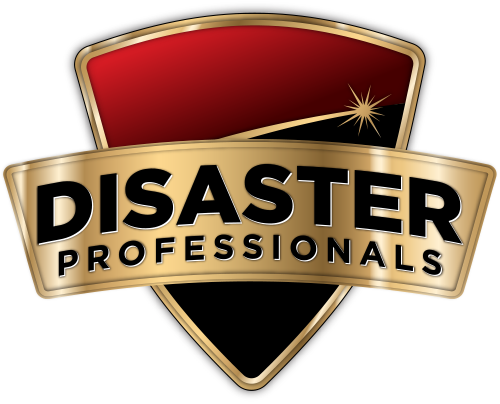The Difference Between Gray Water and Black Water
Both gray water and black water are types of wastewater, but if you’re not well versed in their discrepancies you may be wondering what makes one worse than the other, and what can happen if you come into contact with them. While you may not need to know in your day-to-day activities, it’s vital knowledge if your home is flooded with either one. Here are some of the biggest distinctions between clean water, gray water, and black water, brought to you by our water damage experts.
Clean Water
Clean water, also referred to as white water, is water that is safe enough to drink. It can include rainwater, snowmelt, water from a broken line, leaks from appliances and plumbing fixtures, and tap water. Though clean water flooding your home doesn’t pose an immediate health threat, it can swiftly progress into gray water if left undisturbed long enough to be contaminated by chemicals and other substances within your home. Standing Category 1 water can evolve into Category 2 gray water in as little as 48 hours, which makes time an important factor for cleanup.
Gray Water
Gray water is essentially wastewater that holds a level of harmful contaminants. While it has fewer pathogens than blackwater and can be reused for non-drinkable sources, it’s still dangerous to your health. Likely, it will contain chemicals or other undesirable pollutants: anything from oil and fat from cooking, grease, soap, hair, flakes of human skin. Within the home, gray water can come from sources such as your used shower and bathwater, the kitchen sink drain, and the washer and dishwasher drain. This Category 2 flooding–also referred to as sullage–must be cleaned immediately and professionally before it has a chance to degrade into black water, which can happen within 48 hours.
Black Water
Category 3 black water is the most hazardous type of water that can flood your home. The biggest difference between it and gray water is that black water has been contaminated with human waste, making it a perfect home for extremely harmful bacteria, viruses, mold, and pathogens. Water from flushed toilets, bidets, broken sewage pipes, and sewage overflow would be counted in this category. The required treatment is much more intensive and dangerous than that of clean and gray water, which is why it’s so crucial that cleanup is left to experts with the proper tools. If black water isn’t professionally removed, and your home thoroughly dried out and cleaned, infections and illnesses will quickly set in.
Even with clean water, if the damaged areas are not completely dried out the leftover water can turn into gray or black water before you even realize it. If your home or business suffers from flooding damage with gray water or black water, don’t hesitate to get in contact with a professional for a prompt and comprehensive and clean up.
Do you have any questions or concerns? Disaster Professionals offers 24/7 emergency flood cleanup services and experts who can answer any questions you may have. We're happy to help!



